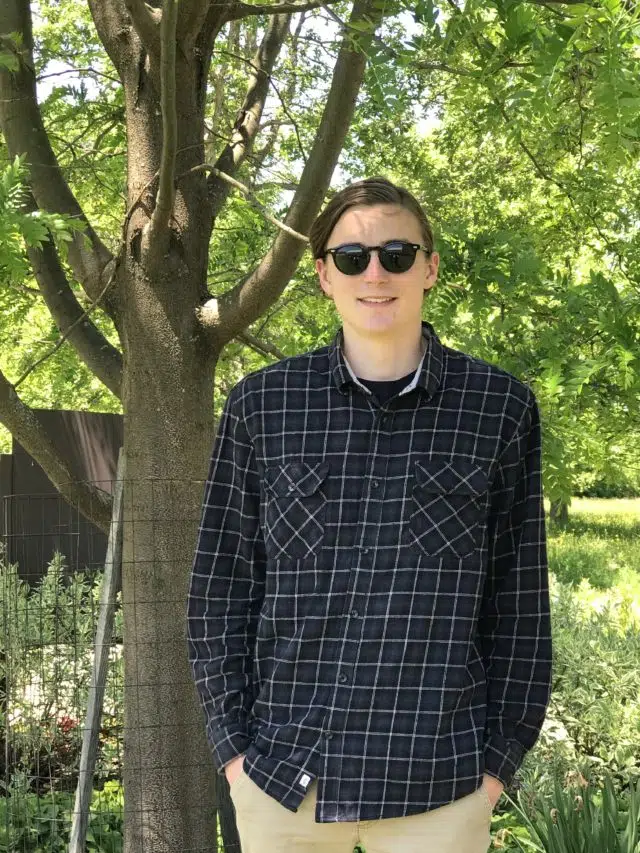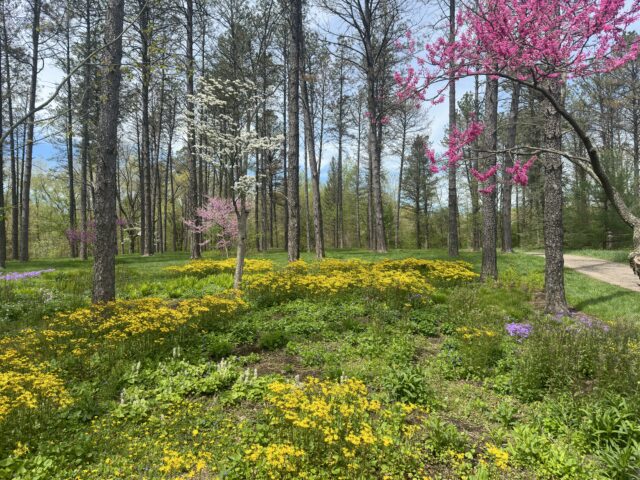Homogenized Biota in an Era of Urban Expansion and Globalization
June 11, 2021

If you were to travel between two distant regions of the world, would you expect to see any overlap between their respective floral communities? If this question was posed a few hundred years ago, the answer would most likely be no, considering plant dispersal is often limited to the distance that an animal will travel or a gust of wind will carry its seed. In more recent years, however, scientists have observed the contrary – cities across the world often share a similar suite of plant species. One explanation for this phenomenon is that humans have become an incredibly effective dispersal transmitter for many plants, often naturalizing a species far from its native range. Further driving this trend in biological similarity is the homogenous nature of landscapes around the world to which species are usually being transported to, namely cities. This highly specific and pervasive urban ecosystem selects for the relatively small number of species that can survive and reproduce in the city setting, posing a threat to native flora around the world.
Maintaining diversity in urban floral communities is a pivotal point in maintaining global biodiversity, which is in steep decline. Two major drivers of this decline are habitat loss and species introduction, both of which cities are hotspots for. Biodiversity loss is often difficult to observe at a local scale, though, considering the addition of nonnative species initially increases species richness of a community. Over time, however, invasive species outcompete cohabiters, resulting in local extinctions of native species. And with the aid of human dispersal, nonnative introduction into cities is persistent and widespread, increasing the probability of a plant’s successful invasion in multiple cities across the world. This has resulted in a group of urban-dwelling biota spread throughout many regions the world, threatening the native species that make each location unique.
Considering these trends, scientists like myself have become interested in the degree to which urbanization drives biotic homogenization and the implications this has for the biodiversity crisis as urban expansion continues across the globe. In my research, which was performed collaboratively between Cleveland State University and the Holden Arboretum, we investigated the relationship between urbanization and homogenization of plant and microbial communities using the Cleveland Metroparks as our study model. By comparing data collected from plant community surveys, greenhouse experimentation, and molecular analysis; we assessed vegetative, seedbank, and soil microbial communities, respectively, for turnover between sites. Turnover is used as an indicator of differences between two communities, so a greater turnover indicates two very different communities and a high degree of diversity. We found that the above-ground plant communities of urban parklands had lower turnover relative to rural parklands, while seedbank and microbial communities did not exhibit any differences in turnover as a function of urban intensity.
Could these results lend hope to conservation efforts aimed at slowing homogenization? If the seedbanks of our study sites were to replace the vegetative communities tomorrow, these urban parklands would no longer be homogenized, thereby increasing floral diversity. Also encouraging is the non-homogenized soil microbial communities, which play a critical role in ecosystem function. Fungal and bacterial diversity is apparently alive and well in urban parklands, indicating healthy soil and potential to host a wide array of plant species. It appears as though these urban parklands still hold a considerable amount of conservational value beneath the surface, and we hope these findings can translate to successful restoration strategies.

Greenhouse experiment that was used to characterize seedbank communities of urban, suburban, and rural parklands.



Experimental T. canadensis trees being sampled for microbiome analysis.
Funded by a fellowship from the Garden Club of America and Botanic Gardens Conservation International, I, Caleb, will be staying with Holden for the summer as I study the problematic hemlock woolly adelgid (HWA) and work on initiating a resistance breeding program with Dr. David Burke. During this time, I will be looking at the Tsuga leaf microbiome in the context of HWA resistance and response to insecticide treatment. Additionally, we will be collecting germplasm from various T. canadensis populations in an attempt to conserve the genetic diversity of this important species. While this invasive pest has devastated many populations in eastern North American forests, Holden and many other research institutions are looking for solutions. I look forward to contributing to this effort, and I am hopeful that eastern hemlocks will persist in our forest systems for many years to come.

Caleb Lumsden
Research Department Intern
Caleb Lumsden is a recent graduate of Cleveland State University with a degree in Biology. He is currently an intern in the Research Department studying the leaf microbiome of hemlock trees from species with differing resistance to hemlock wooly adelgid. For this work, Caleb received a fellowship from the Garden Club of America and Botanic Gardens Conservation International.











